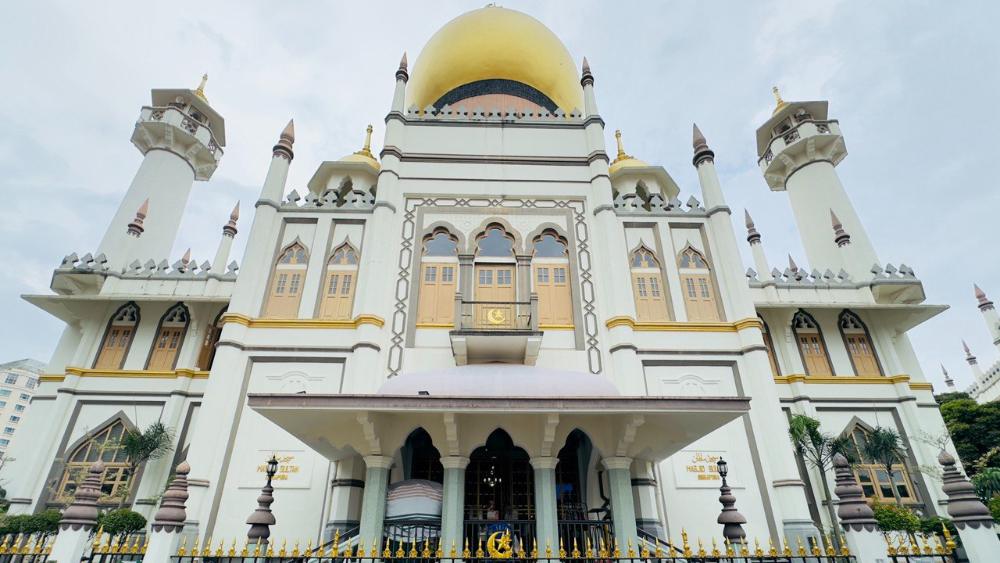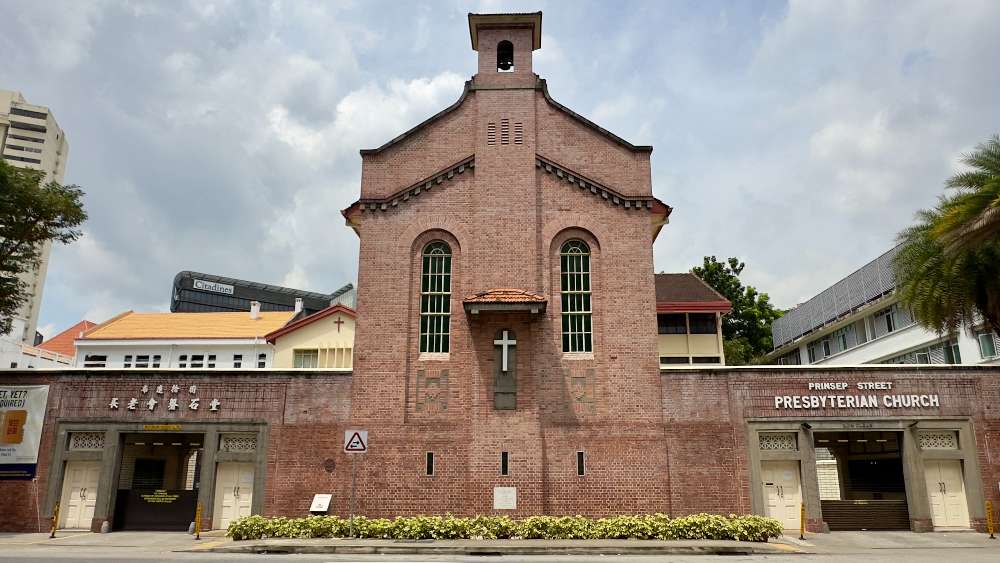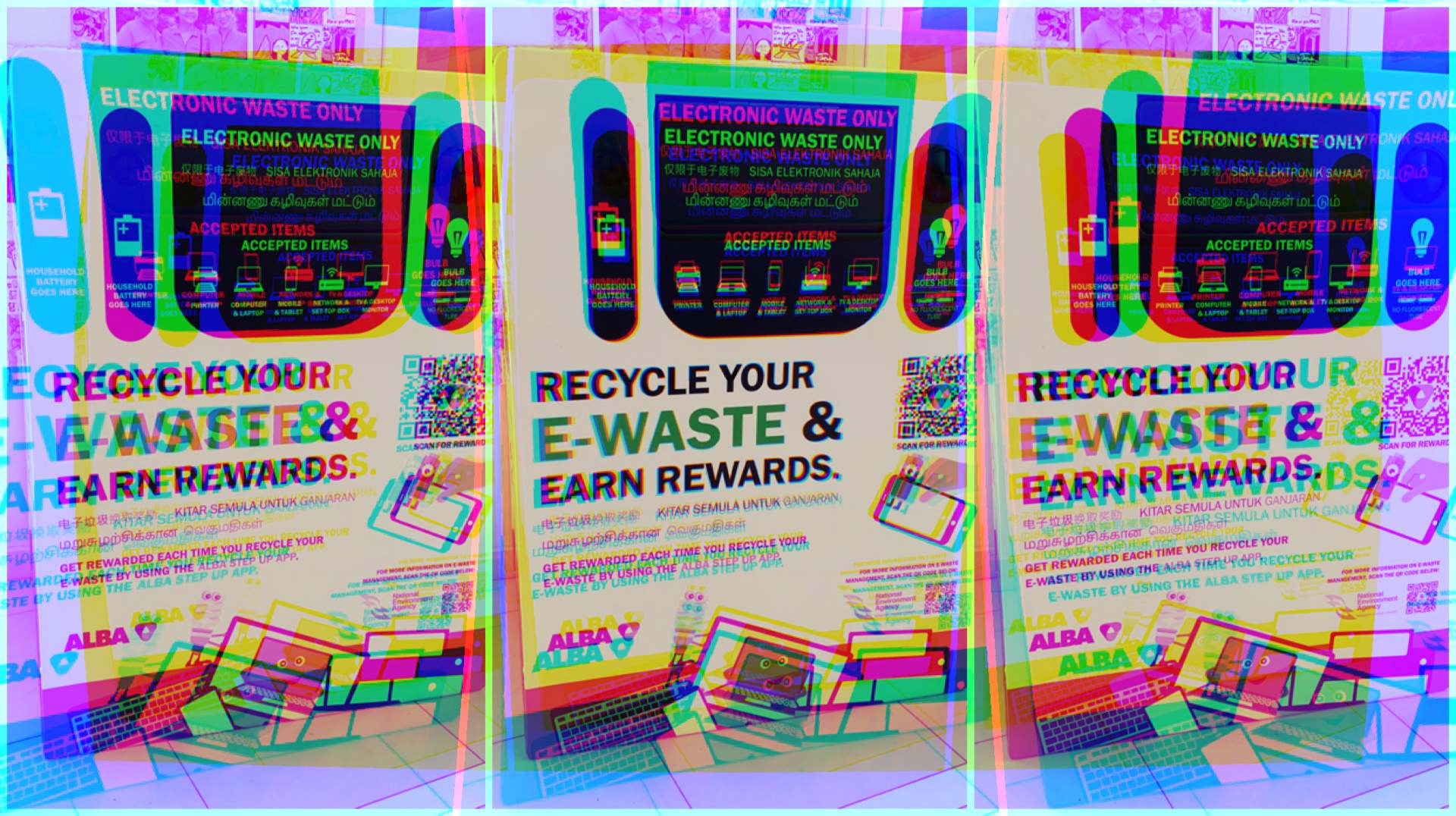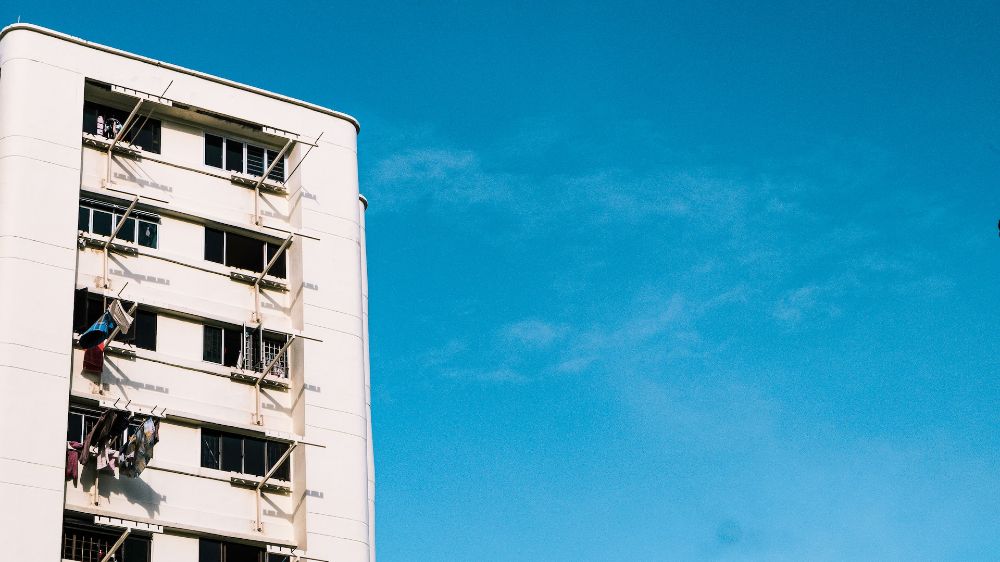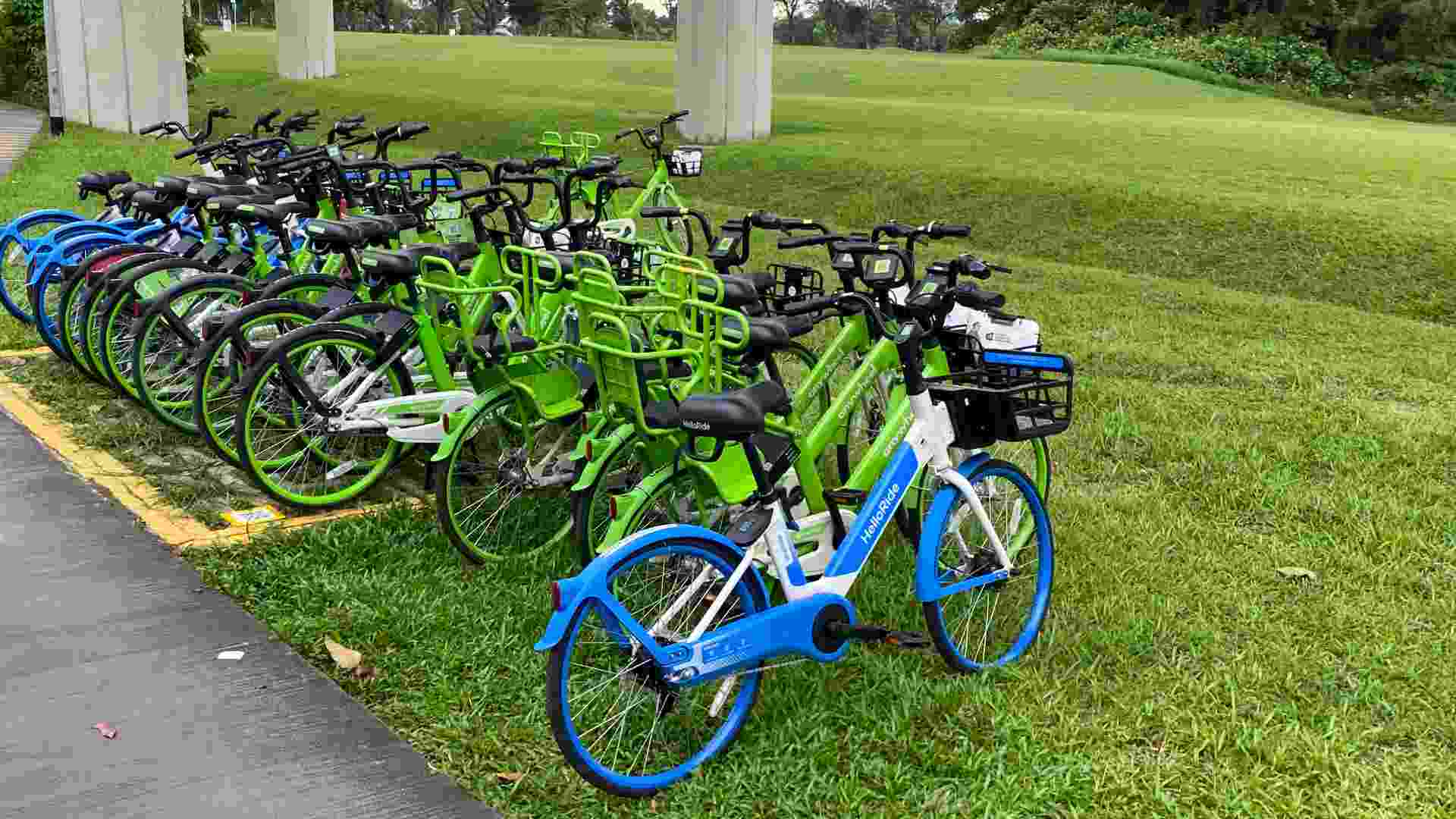Where To Recycle E-Waste In Singapore - And Even Earn Points And Get Rewards!
Your smartphone is on its last legs. You’ve used your worn-out laptop for as long as you could.
It’s time to switch to a new device, but what do you do with your old gadgets that can’t be repaired or traded-in? How about your broken down TV and standing fan at the corner of your room. Ever wondered where you could recycle or safely dispose of your tech gadgets and electronics when they become unusable?
Smartphones, computers, laptops, TVs – basically any electric and electronic equipment powered by an electrical source like a power socket or a battery, that we want to throw away – are classified as e-waste.
And, tolong lah, don’t just chuck them into the bin! Your e-waste usually contains toxic metals such as mercury, lead, and cadmium that could harm the environment when it seeps into the soil or water.
Plus, did you know that Singapore generates 60,000 tonnes (that's over 54,000,000kg) of e-waste per year? That’s comparable to every one of us throwing away 73 phones each annually!
#DidYouKnow that we generate about 60,000 tonnes of e-waste a year? That’s equivalent to discarding about 73 mobile...
Posted by National Environment Agency (NEA) on Thursday, 20 May 2021
If it doesn’t make it to the Semakau landfill, then it goes to one of our incineration plants. Not only are valuable resources like gold and silver being burnt away, but the emissions produced by burning plastic, glass, and metals also contribute to climate change and global warming. Don’t forget the toxic metals in the incineration ash too. Yikes.
So what should we do? Recycle! When we recycle our e-waste, we’re doing our part to save the environment. Recycling plastic, gold, silver, and copper in e-waste lowers the need to produce or mine for new materials and reduces our carbon footprint.
However, you shouldn’t simply pack our gadgets up and throw them into the blue recycling bins. Instead, we need to send them to one of the hundreds of e-waste recycling designated spots in Singapore.
This is important, as e-waste recycling is specialised – there are various components that need to be dismantled and reprocessed for use in new products, and this must be done in a controlled environment to prevent pollution and safeguard workers’ health and safety.
WHERE TO RECYCLE?
ALBA is the National Environment Agency's (NEA) officially appointed e-waste management operator, and they have deployed e-waste recycling bins across the country.
This list of ALBA e-waste collection points will be continuously updated. For a nominal fee, you can arrange doorstep collection with ALBA to dispose of bulkier e-waste.
Plus, download the ALBA Step Up app and you can earn points for e-waste you recycle at ALBA collection bins. The points can be redeemed for rewards such as Grab Rewards points.
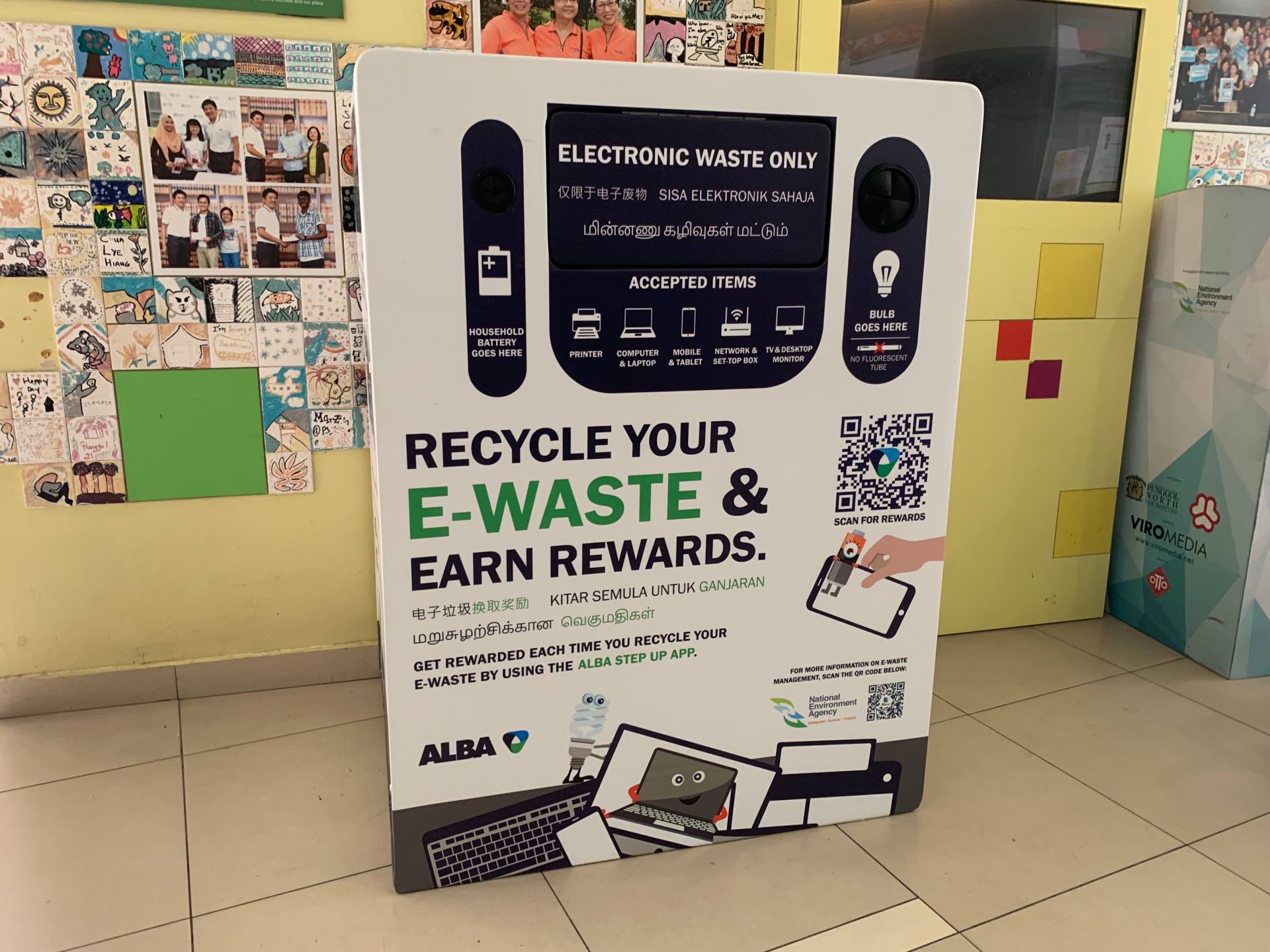
IMPORTANT! WIPE YOUR DATA CLEAN
While these e-waste recycling centres will do their part to ensure all data is completely destroyed, you should do your part to ensure your private data isn’t compromised before you dispose of your old smartphone or laptop. If you can still switch it on, of course.
To factory reset an iPhone
Go to “Settings” > “General” > “Reset” > “Erase All Content and Settings”.
To factory reset an Android
Go to “Settings” > “System” > “Erase all data” > “Reset Phone”. When prompted, choose select Erase Everything. This can differ slightly between different Android phones.
For Intel MacBooks
You can perform a factory reset by holding down the Shift + Option + Command + R keys as the MacBook is booting up until the Apple logo appears on the screen to reinstall MacOS.
For M1 MacBooks
Hold your power button as your switch your MacBook on. Click “Options” that appears, enter your password, then “Disk Utility” > “hard drive” (Macintosh HD by default) > “Erase”. You’ll be asked to type a new name (just type Macintosh HD), then “Format” in APFS. Next, click “Erase Volume Group” > enter your Apple ID > click “Erase Mac and Restart”.
For Windows 10 users
Go to the “Start Menu” > “Settings” > “Update & Security” > find the Recovery menu > “Reset this PC” > click “Get Started”. Choose to erase data thoroughly for better data deletion. This process may differ slightly for each computer manufacturer.
To format and clean up your USB thumb drive before disposing it
In Windows 10 you right click the USB drive icon under “Computer” or “This PC” > “Format” > choose “FAT32”, and click OK when you’re ready. For Mac, go to Disk Utility > select the USB drive in the left panel > click “Erase” on the top left > choose “MS-DOS (FAT32) > Erase.
With an abundance of e-waste recycling options islandwide, there’s no excuse to improperly dispose of your e-waste anymore. Do your part to ensure that our earth continues to be liveable for generations to come.
What e-waste can Geeky Gary recycle?You can’t be tech-savvy without being e-waste savvy too! #DidYouKnow that you’re harming the environment when you don’t dispose of your electronics properly? So if you can’t donate or repair your old gadgets, recycle them. By doing so, you’re sending your e-waste to proper facilities where recyclable materials (including precious metals such as gold, silver and palladium) can be safely extracted and then reused to make new products! Here are some common e-waste items you can recycle and more info on how to do so. #EveryActionCounts #TowardsZeroWaste
Posted by National Environment Agency (NEA) on Wednesday, 19 June 2019
For the latest updates on Wonderwall.sg, be sure to follow us on TikTok, Telegram, Instagram, and Facebook. If you have a story idea for us, email us at [email protected].



/roundup_5_april_2024_rectangle.jpg?sfvrsn=21b9d2d9_1)
